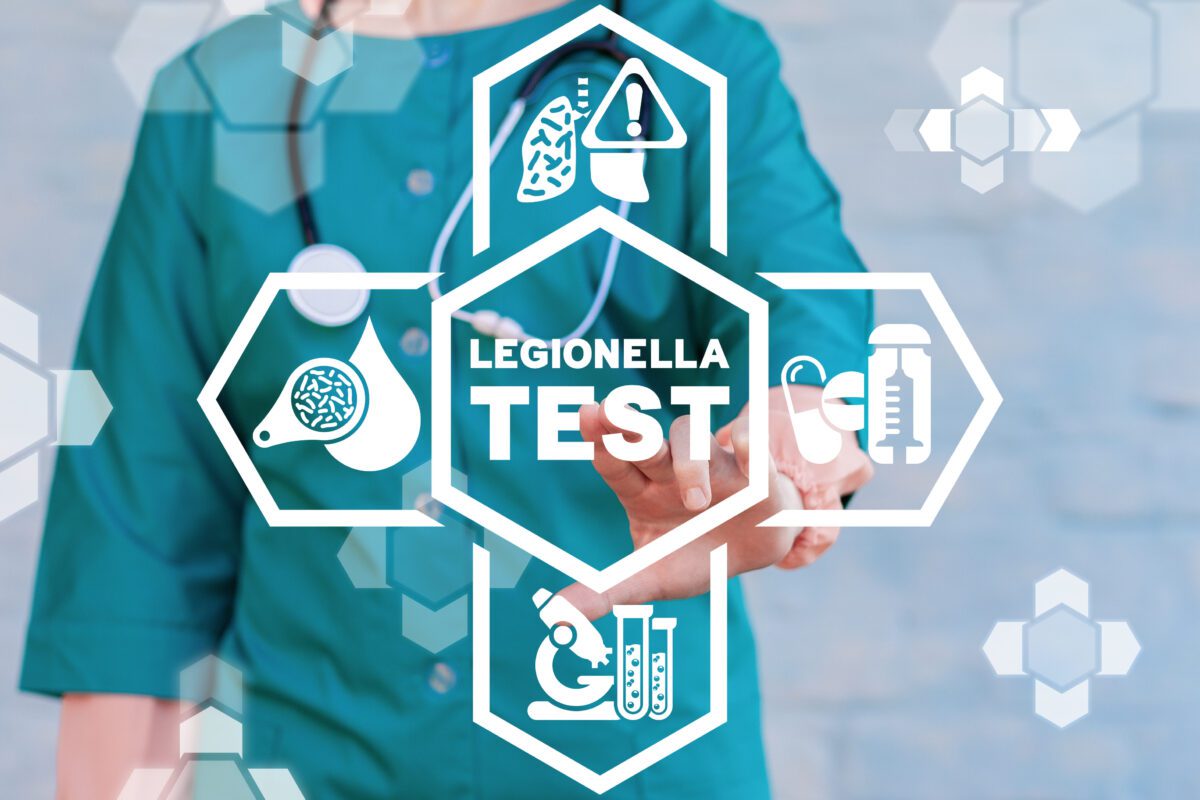
When you suspect a legionella outbreak has occurred – or you’ve tested and had a positive result- rapid action can be the difference between containing the incident or having a full scale health emergency. In this article, we cover a step by step plan that facilities should follow to keep their staff and customers safe and help them return their systems to normal.
Outbreaks usually occur in one of the following ways
If any sign of contamination shows, it demands immediate attention. The earlier it’s recognized the faster you stop the spread.
Review your monitoring and maintenance logs. You’re looking for:
If the review is inconclusive, you need to perform follow up testing targeting these areas to isolate the affected system and confirm the contamination pathway.
Once you’ve identified the source, implement one (or a combination) of the following:
• Record every action: dates, chlorine levels or temperature achieved, follow-up test results, and any system modifications.
• Notify local health departments or regulatory bodies if required.
• Provide clear, transparent updates to occupants or patients to maintain trust.
Preparation is the best protection. Ensure monitoring programs are current, staff know their roles, and emergency response protocols are in place before you need them.
Adeline Johnston is the Marketing and Communications Specialist at ChemREADY where she leads brand strategy, content development, and customer engagement efforts. With a background in digital marketing and a focus on education, Adeline creates targeted campaigns and multimedia resources that support ChemREADY’s full range of services, including Legionella management, ANSI/AAMI ST108 compliance, boiler and cooling tower treatment, wastewater processing, and industrial water quality solutions. Passionate about making complex topics accessible, she plays a key role in helping clients stay informed, compliant, and confident in their water treatment programs.